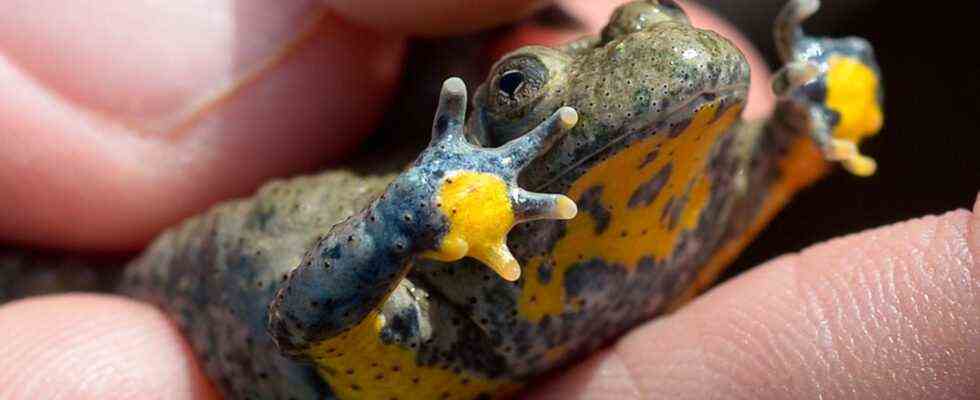Status: 08/17/2021 4:00 p.m.
Ever fewer habitats, ever more monotonous landscapes: the Federal Agency for Nature Conservation sees an “alarming endangerment situation” for many amphibians and reptiles. Protective measures are urgently needed.
According to the new Red List, the situation for most amphibian and reptile species in Germany has deteriorated further in recent years. Every second of the 20 examined amphibian species is endangered, said the Federal Agency for Nature Conservation (BfN). The proportion of reptiles is even higher at nine out of 13, declared the Federal Office and the Red List Center. “For three-quarters of the amphibian species and more than two-thirds of the reptile species, further decreases have been found in the past 20 years,” it said.
Increasingly monotonous landscapes
The main cause of the “alarming endangered situation” is the loss of habitats and partial habitats. This also includes breeding and spawning habitats as well as frost-proof wintering areas. The continued use of space by new residential or traffic areas is decisive for the loss.
In an increasingly monotonous landscape, it would become increasingly difficult for amphibians and reptiles. The authors called for more nature-friendly agriculture and forestry as well as a reduction in land consumption for traffic and settlements. “Without profound changes in agriculture and forestry, we will only find a large part of the species in a few isolated protected areas in the future,” said Ulrich Schulte, the coordinator of the Red Lists.
Adder in the grass
Image: dpa
Decreases also in non-endangered species
All 21 types of amphibians and all 14 types of reptiles occurring in Germany are included in the Red List. Among the amphibians, the midwife toad and the yellow-bellied toad are particularly endangered. In the case of reptiles, it is the dice snake and the adder. Declines in populations were also found in species classified as not endangered, such as fire salamanders and western slow worms.
The BfN stated that no species had increased significantly in the past 20 years. The stabilization of individual occurrences is mainly due to protective measures. For example, the agile frog has benefited from the promotion of the proportion of deciduous forest in forests and newly created bodies of water.

